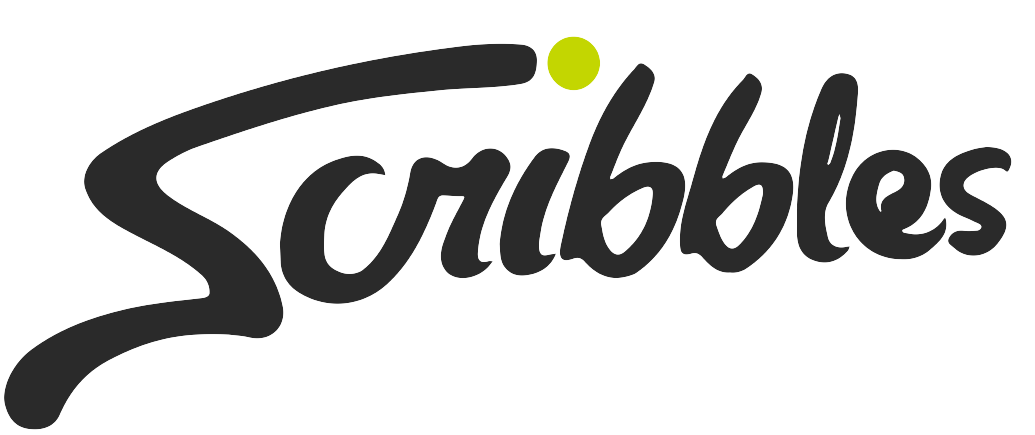
It has only been a few weeks since the Ateneo taekwondo bullying incident. There is still a lot of outrage on social media over what happened, and a demand for action from schools to prevent a recurrence. Although it is good to acknowledge that bullying is a problem, you cannot fight it effectively without a clear understanding of it. This article was written to identify the four types of bullying.
Direct Physical Bullying
This type of bullying involves the bully using or threatening to use physical force on the victim as an assertion of power. This can be as subtle as shoving or pulling a victim, or as obvious as punching or kicking a victim.
Indirect Physical Bullying
This type of bullying involves the bully inflicting damage or threatening to inflict damage on the victim’s property. This can be as subtle as moving to another location a victim’s property so the victim can’t find them, or outright destroying a victim’s property. The key difference between direct and indirect physical bullying is anonymity. In the former, the victim can easily identify the bully, because the bully had to be in close quarters to use physical force. In the latter, the victim cannot easily identify the bully, because the bully can damage the victim’s property without being in the vicinity of the victim.
Direct Character Attack
This type of bullying involves the bully using words to attack the character of the victim face-to-face. This can be as subtle as passive aggressive remarks (ex: “You did pretty well for someone of your educational level.”) or as obvious as slander (“You are an idiot.”)
Indirect Character Attack
This type of bullying involves the bully using words to attack the character of the victim without being in the vicinity of the victim. This can be as simple misrepresentations (ex: “Have you heard the latest about _? He/she used to _.”) or outright lies (ex: “He/she was a _.”)
Unfortunately, with the widespread use of social media in our daily lives, this type of bullying can be the most damaging. Social media gives bullies a measure of anonymity. The words hurt, but because the bullies can hide behind fake profiles, or live halfway around the world, the victims have no way of defending themselves. Not only that, social media makes it possible for thousands, millions, even billions of people to bully one person all at the same time. In addition, it can affect not only the victim’s self-esteem, but also their enrollment in a school/employment in a company, their family and friends, etc.
Final Thoughts
1) It is rare for bullies to use just one of these four types. They often use two or more.
2) These types of bullying can occur in any environment where there is a power structure. These can be in the school, the workplace, or basically any organization where there is a pecking order.
3) The essence of bullying, and what differentiates it from things like honorable combat, honest criticism, etc., is the purpose: an assertion of power. Bullies hurt others to make themselves feel better. Unfortunately, it is easy for the bully to hide this purpose and claim any of other legitimate reasons.




